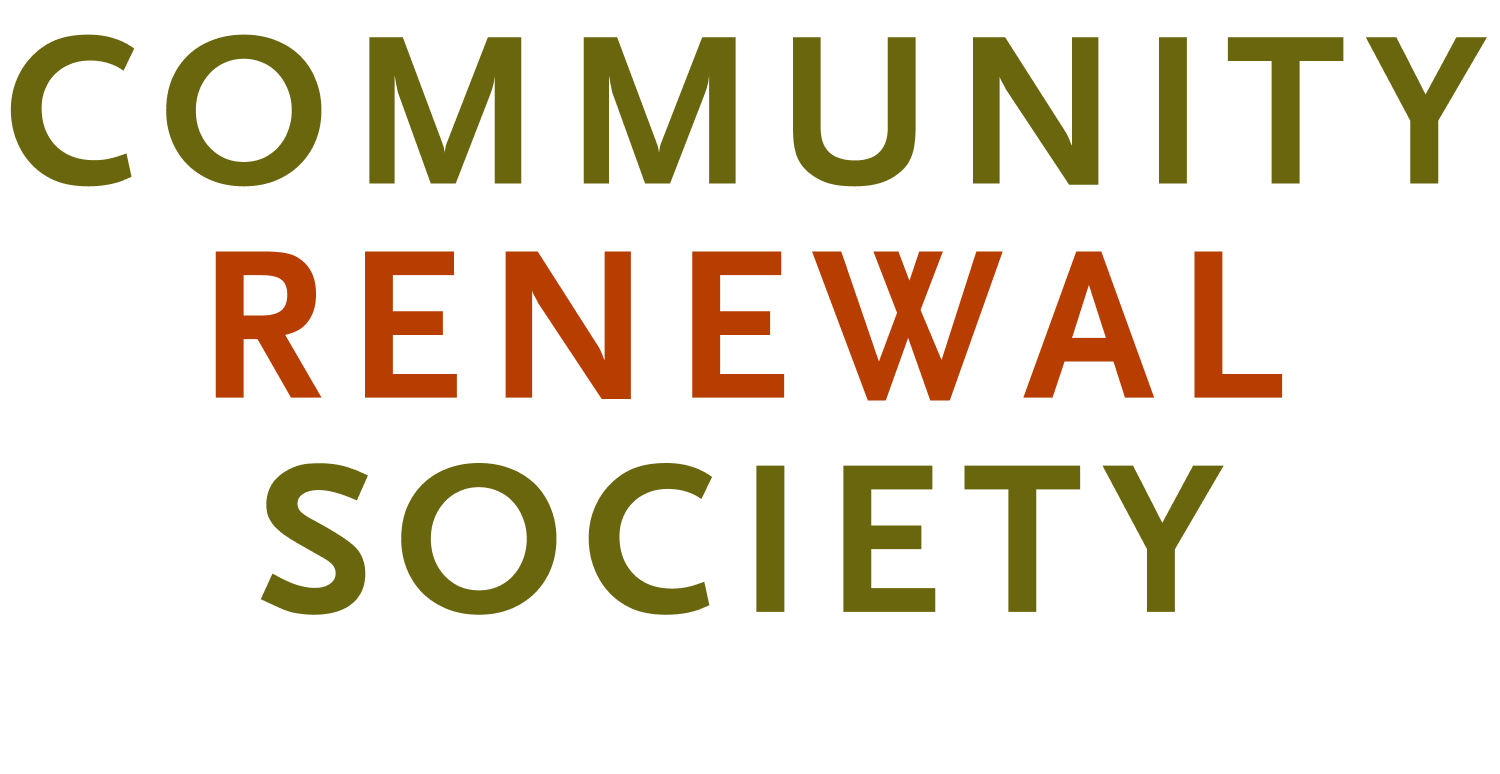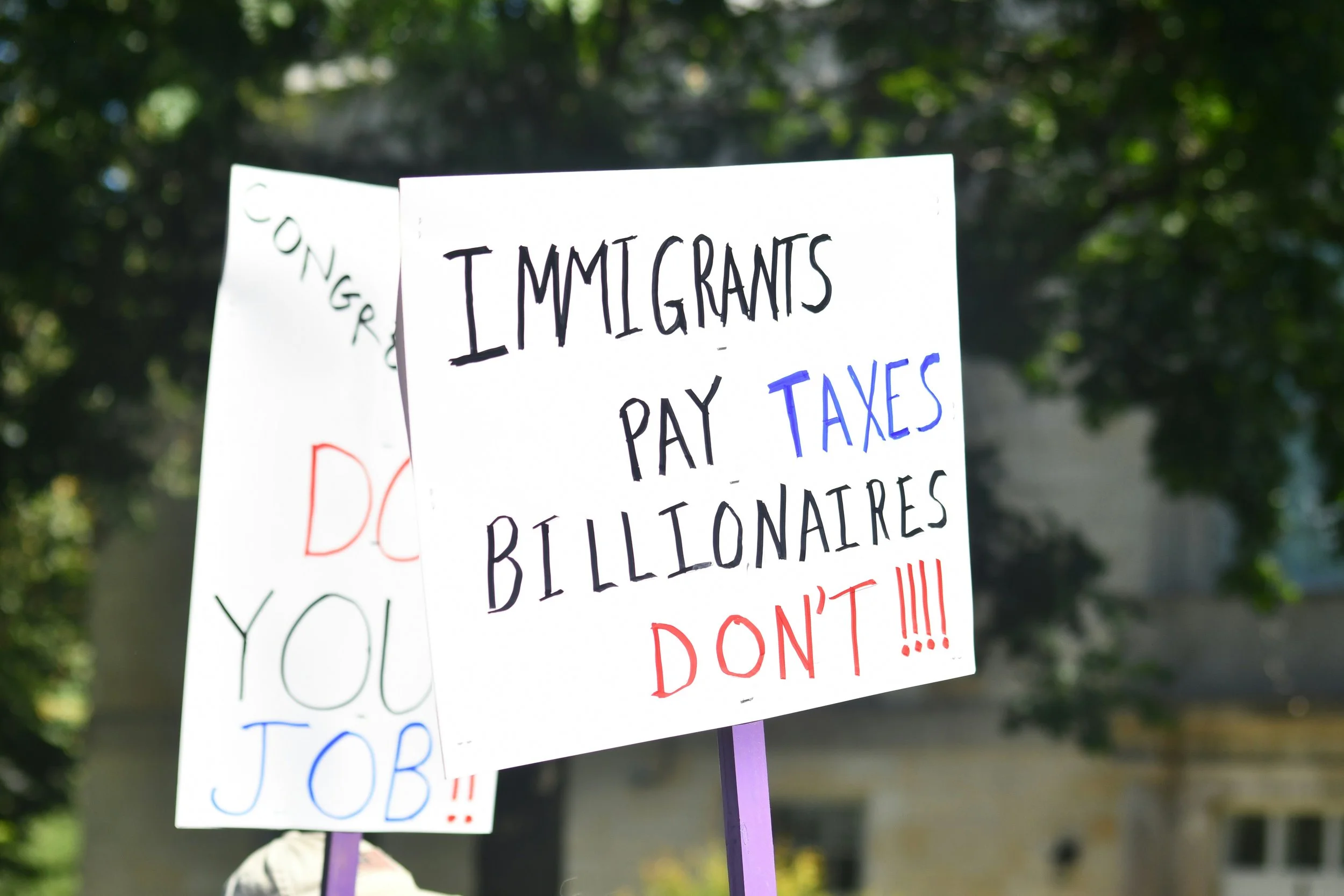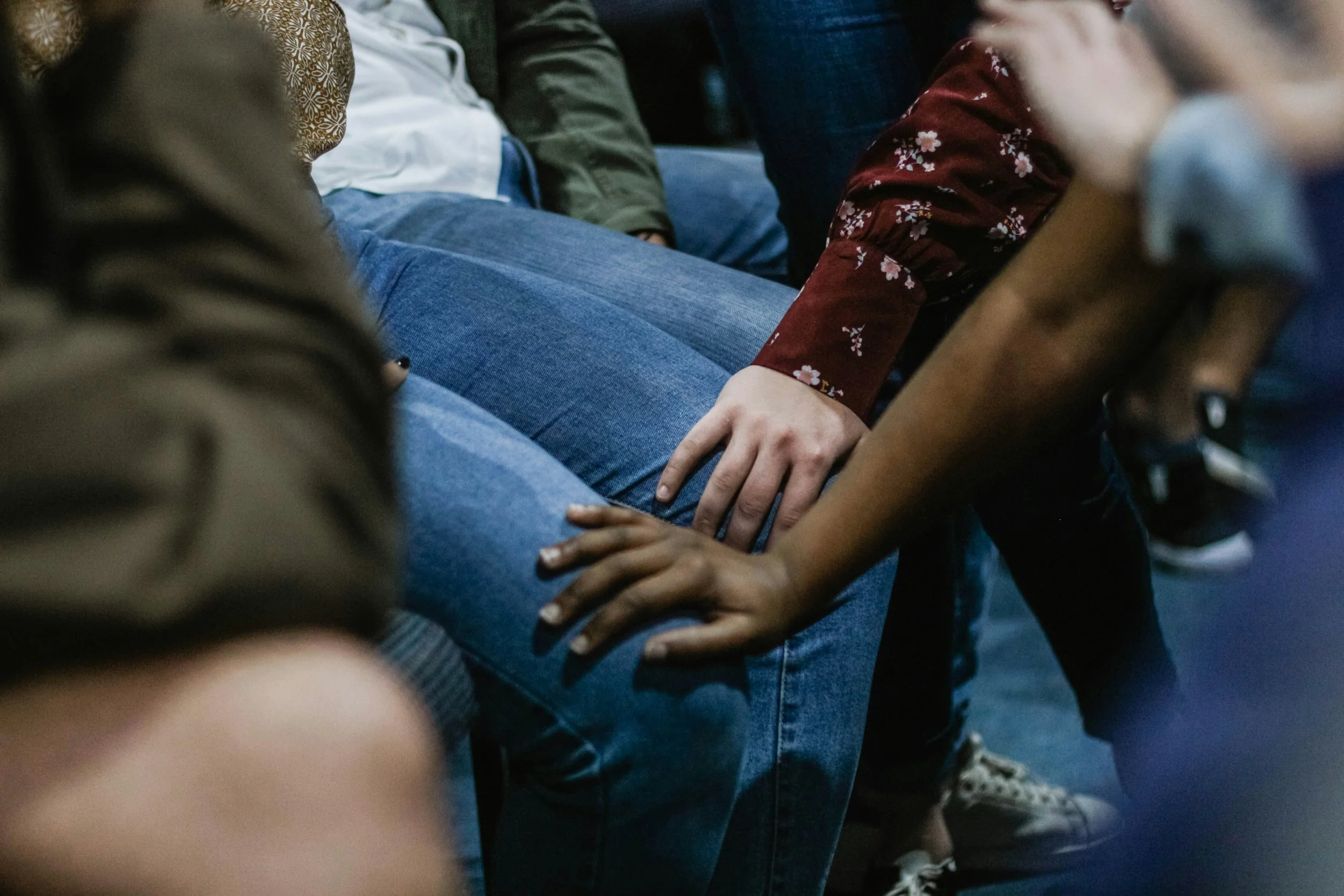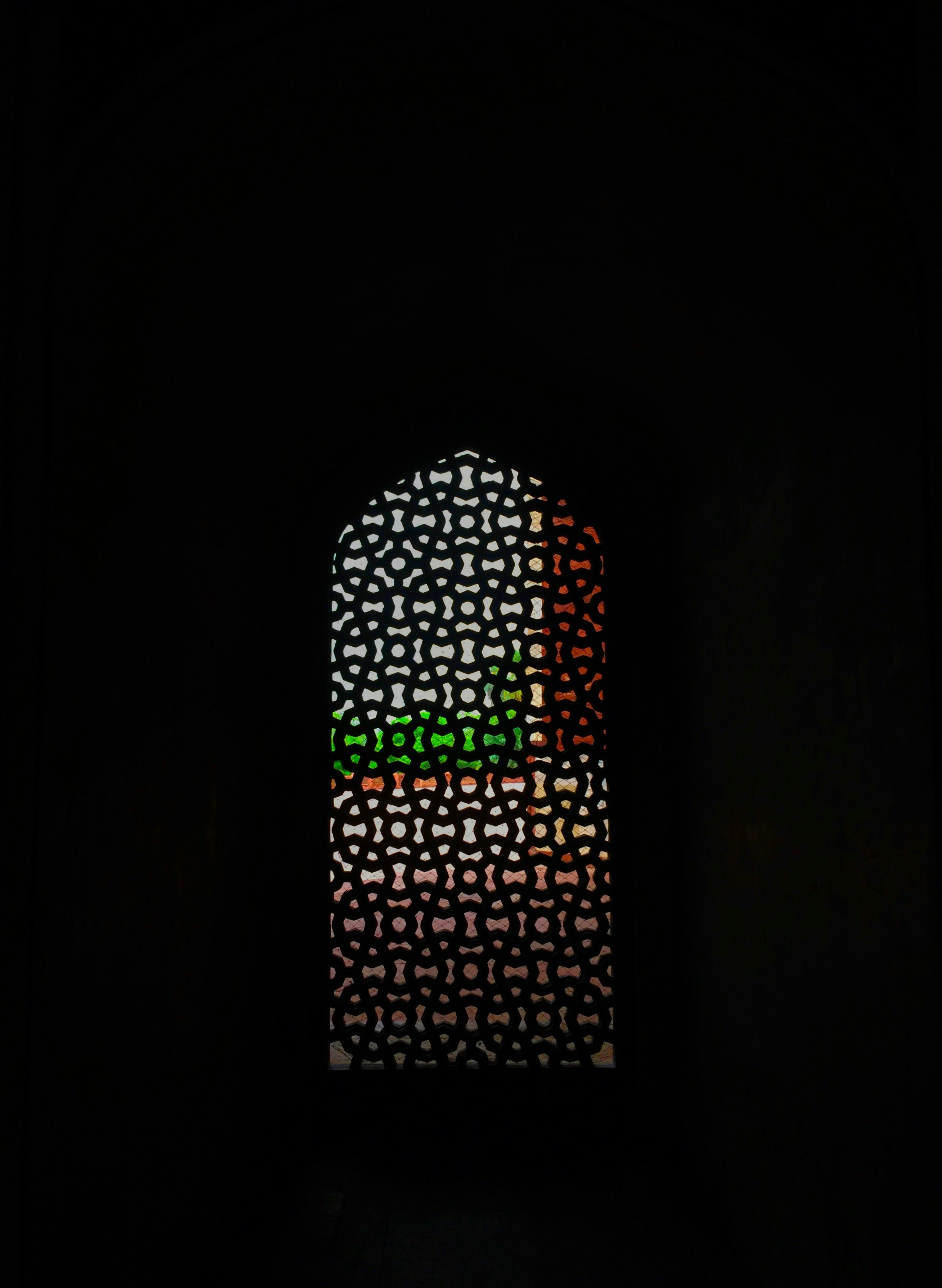Ongoing Nakba
As we commemorate the 75th anniversary of the Nakba (“catastrophe”) of May 15, 1948, many commentators have been pointing out that the Catastrophe did not simply occur on that date or year but rather that it is an ongoing catastrophe, beginning prior to 1948 and continuing to the present day.
May 15, 1948 marks the creation of the State of Israel, and it represents the height of the campaign for the destruction of the Palestinian community which permitted that creation. Even prior to 1948, and well before the entrance of the Arab armies into the fight, the armed forces of the Zionists had substantially carried out a successful campaign to depopulate hundreds of Arab villages, drive out their occupants through terror and massacres, take over their lands and properties, and expand their control far beyond those areas allocated unfairly to them under the UN partition resolution of 1947. That resolution granted to the Zionists approximately 51% of the "territory" of Palestine, even though Jews constituted at that time only one third of the population. And, despite intensive efforts to buy land from wealthy absentee landowners, they only held ownership of about 7% of the land.
There are three basic elements to the Nakba. All three were essential for the creation of a Jewish state in Palestine. All three elements continue to operate today. First is the expulsion of hundreds of thousands of the land’s original inhabitants (and the barring of their return), which together with a massive influx of migration was intended to create a Jewish demographic majority. The ongoing refusal to allow Palestinian refugees to return, as well as continued attempts to push out additional numbers of Arabs in the years since, attests to the ongoing Nakba on the demographic front. As fragmentation and apartheid became the standard way of life for the remaining Palestinian population, the refugees were restricted entirely from accessing the “higher strata” of recognized rights, such as Israeli citizenship, East Jerusalem residency, West Bank residency, or Gaza residency (as opposed to outright exile).
The second key element to the Nakba is the appropriation of land and its dedication for exclusive Jewish use. The events of 1948 and the creation of numerous laws, including the “Custodian of Absentee Property” law, was followed by continuing efforts to confiscate and acquire land from Arabs, place that land in the public domain, and then dedicate it for exclusive Jewish usage and settlement building. This policy continues to this day, as Israel takes over more and more land and property in the West Bank, Sheikh Jarrah, Masafer Yatta, the Negev, and the Galilee. This aspect of the Nakba also manifests itself in severe limits placed on Arab use of any remaining land through closures, urban planning, and zoning restriction, as well as outright intimidation. In this area, as well, the catastrophe of the Nakba continues to torment the Palestinian people today.
The third element inherent in the Nakba is the intentional destruction, cancellation, and denial of Palestinian identity markers, structures, and institutions. This first began with the myth of a “land without a people” and was followed up with the bizarre claim that Israel “made the desert bloom.” It is often manifested in the denial that there ever existed such a thing as Palestine; that Arabs of the Holy Land are just recent nomadic immigrants; or the claim that “Jordan is Palestine.” Palestinian citizens of the state of Israel (a full 21% of that population) are marginalized and referred to by Israel as “Israeli Arabs” rather than Palestinians, and they are treated as a hostile fifth column. These attempts at erasure explain the Zionist reluctance to use the term “Palestine” at all or to ever recognize a Palestinian state even in the remaining 22% of Palestine captured in 1967, an area often referred to by Israelis as “Judea and Samaria” (or, at best, as shrinking “Palestinian Authority territory.”) This also explains the utter rejection of the Palestinian flag, along with all aspects and expressions of Palestinian life and culture. It includes the appropriation of Palestinian foods, such as falafel and hummus, while simultaneously claiming them to be “Israeli.”
The labeling of the Palestinian people, as a whole, as “terrorists” and their legitimate struggle, including nonviolent strategies and tactics, as “terrorism” is part of this campaign of erasure. The total demonization of Palestinian armed struggle, even when done in self-defense and aimed at legitimate military targets, like soldiers and armed settlers, (in accordance with international laws of armed conflict) is viewed as the height of terrorism. Even the use of diplomatic channels, like calls for international accountability and International Criminal Court sanctions, is described as being antisemitic. Nowhere is there any room for legitimate Palestinian struggle or even the telling of the Palestinian narrative and story. Rights, if any are acknowledged, are to be favors resulting from Israeli generosity and acquiescence to Zionist power structures and narratives.
The IHRA definition of antisemitism attempts to codify this position into law and policy as well. All opposition to Zionism and the state of Israel, according to the IHRA definition, is defined as “antisemitic hate speech” and is to be repudiated and silenced by all decent people. Zionism and the state of Israel are not only to be recognized as legitimate, but any opposition or challenge to them is treated as illegitimate by definition.
As recently as yesterday, the attempts of Congresswoman Rashida Tlaib, herself a Palestinian American, to hold an event at the US Capitol Visitor’s Center to educate congresspersons and their staff about the Nakba was canceled abruptly by Speaker of the House Kevin McCarthy. He did so at the request of Zionist organizations who labeled the event as antisemitic. Luckily, at the invitation of Senator Bernie Sanders, the event was moved to a Senate conference room over which Speaker McCarthy has no jurisdiction. The crowd (myself included) was now standing room only and heard from historians, Nakba survivors, and activists, who asserted that Palestine absolutely exists, that its people have not disappeared nor have they been silenced, and that even though attempts to cancel and deny Palestinians continue to this very day, such attempts have failed to achieve their goal.
Even as Israel controls the entire area of historic Palestine and proactively continues with the first two elements of the Nakba, there is much we can do to bring an end to the Nakba’s third element—by promoting Palestinian voices, highlighting Palestinian identity, raising Palestinian flags, wearing Palestinian keffiyehs, and challenging those destructive narratives and tropes that seek to eliminate or denigrate the Palestinians.
The raising of Palestinian flags during the recent FIFA World Cup matches was just such a demonstration. The nonviolent activities of BDS, the demand for international accountability and ICC sanctions, and insisting on the humanity and dignity of Palestinians go a long way towards ending the Nakba, and perhaps such activities can push all sides towards a peaceful solution based on equality and justice. Each of us in our own small way can keep alive the story of Palestine. That is the first step towards dismantling apartheid and ending the ongoing Nakba once and for all.
Sincerely,
Jonathan Kuttab, Executive Director of FOSNA
This article was originally published by FOSNA.
Subscribe to Our Email Newsletter and get more stories like these delivered fresh to your inbox.












